Indian Miniature Painting: Manifestation of a Creative Mind
Indian Miniature Painting: Manifestation of a creative Mind comes out with a new perception of Indian miniature art. The book examines not merely its body but also its inherent soul, underlying unity, ethos it represents and factors that shaped it across the period from the seventh century onwards. Here reveals a totally different approach-aesthetic as well as formal, and in both cases bold, investigating and analytical. The significance of the conventional line is not subverted but while moving along the 'conventional' the book marks, and rather more emphatically, a subtle departure from it by exploring many new dimensions of the miniature painting not explored ever before, and by re-investigating also the 'conventional'. For conceptual clarity the book has been divided into two parts, one, re-looking into its material for its origin, growth provenance and regional and stylistic distinctions-more or less a conventional approach, and the other, discovering a number of fresh avenues leading to a fuller appreciation and understanding of the width and dimensions of Indian miniature painting. It distinguishes, and perhaps for the first time, the term ‘style’ from the term 'school', the style used for rendering a narrative from the one dramatizing a theme or situation, the theme which has a narrative character from the one having dramatic thrust; as also different genres of miniature painting, a portrait from a theme based painting or from a painting of a grotesque form, a landscape from a pastoral or natural background occurring incidentally in a theme painting, and even one mode of landscape from the other. The book perceives Indian Miniature painting using the same set of creative tools as uses literature. It not only defines each one with great clarity but also identifies the role they play in creating a miniature. It is amazingly delightful to see how transcending its lines, colours, anatomy and its entire visible world each miniature reveals a context different from what it has been considered revealing so far. Not an element, fiction has in miniature painting a voluminous presence and decisive role, and, so has realism; and a majority of miniatures might be classified on the two lines. A miniature painting does not render so much a divine form as its own image of the 'Divine', and, not so much the visible world as its own perception of it. The book's visual aspect is as strong. Perhaps no other book on Indian miniature painting might claim to include such a huge number and wide range of visuals, majority of them being published in a work of this stature for the first time. Each of the miniatures used in the book has contextual relevance. The text-visual ratio and art books' usual trend these days might lead one to consider it a coffee-table book. Even if so, in the form of a coffee-table book here is a profound academic endeavour revealing years of researching and observation, and combining thus academics with coffee-tablism the book sets a new trend.
Get it now and save 10%
BECOME A MEMBER

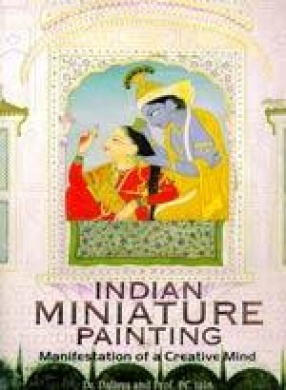
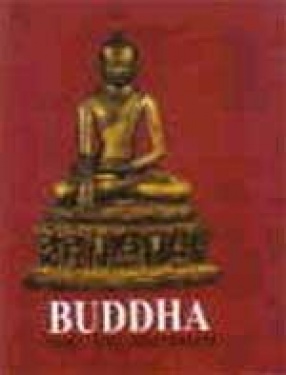
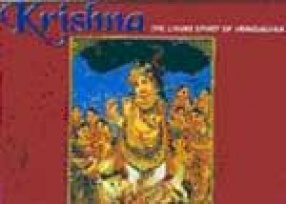
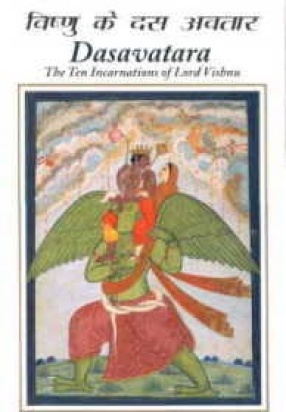
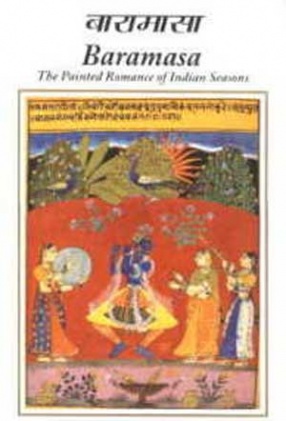
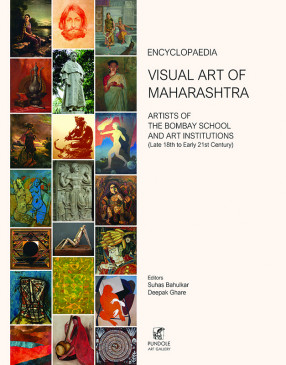
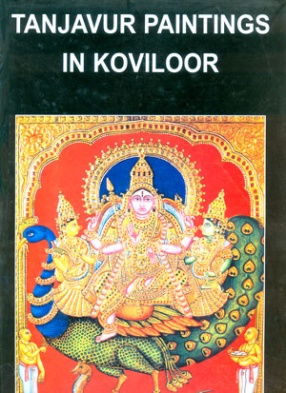
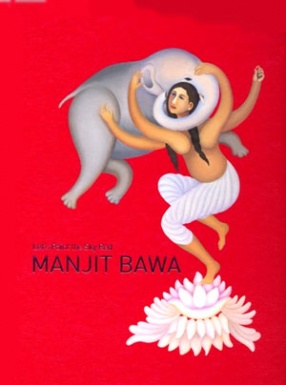


Bibliographic information
Daljeet